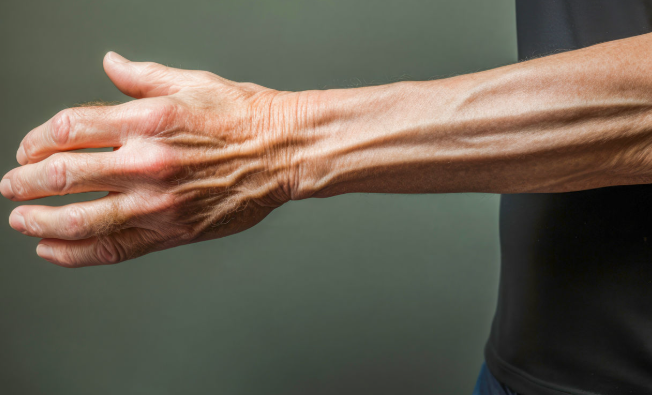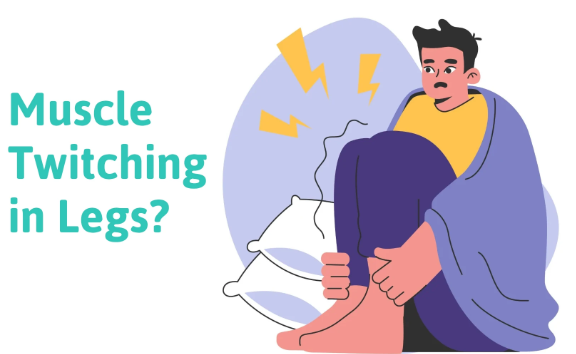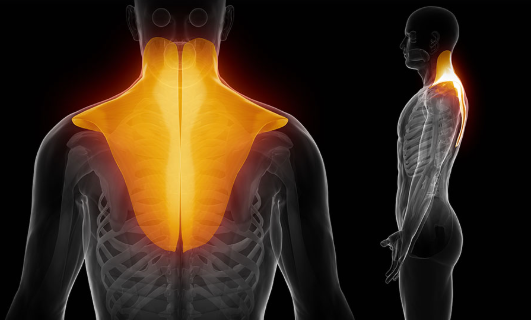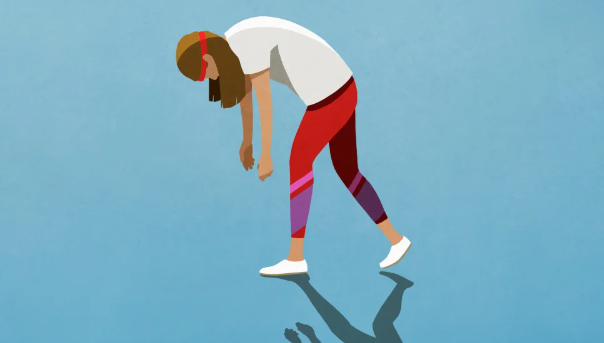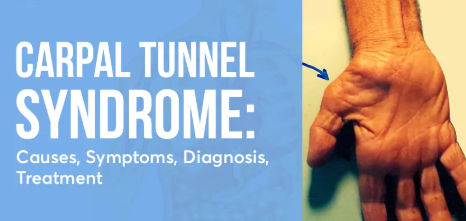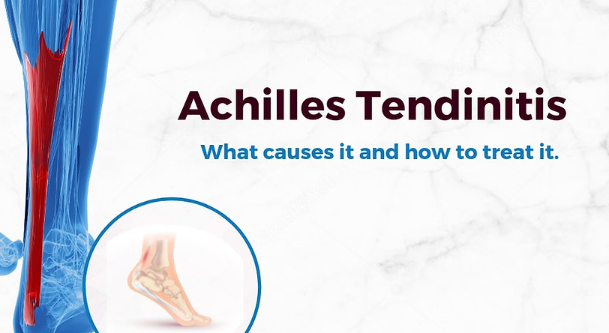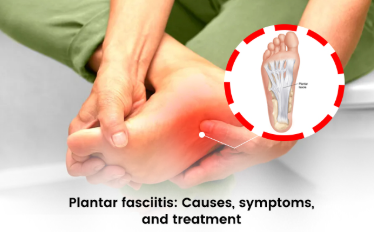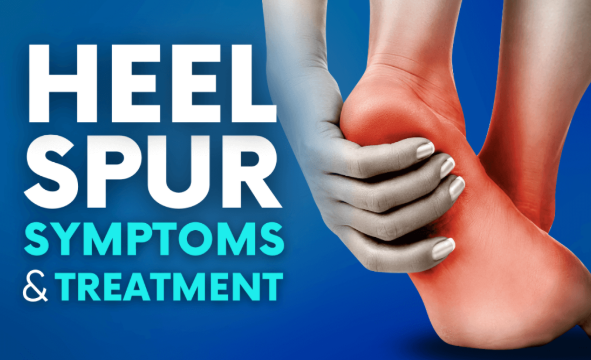Introduction
Fibromyalgia is a chronic pain condition that affects millions of people worldwide, causing widespread pain, fatigue, and cognitive difficulties. One of the most frustrating symptoms for many patients is morning stiffness, which can make it difficult to start the day.
Morning stiffness in fibromyalgia can cause painful, tight muscles, reduced mobility, and an overall sense of discomfort upon waking. Unlike the stiffness associated with conditions like arthritis, fibromyalgia-related stiffness is often not due to joint damage but rather muscle tightness, nerve sensitivity, and inflammation.
This article explores the causes of morning stiffness in fibromyalgia, how it differs from other conditions, and practical strategies to reduce stiffness and improve mobility.
1. What is Morning Stiffness in Fibromyalgia?
Morning stiffness refers to a feeling of tightness, discomfort, and reduced flexibility that occurs after waking up. People with fibromyalgia often describe it as:
✔ Aching, sore muscles that feel like they’ve been overworked overnight.
✔ Tightness and rigidity, especially in the back, shoulders, and legs.
✔ Difficulty moving freely for the first 30 minutes to several hours.
✔ Increased pain and sensitivity when trying to get out of bed.
Unlike other conditions where stiffness eases after movement, fibromyalgia stiffness can persist for hours or even all day, making everyday activities more challenging.
2. Causes of Morning Stiffness in Fibromyalgia
Several factors contribute to morning stiffness in fibromyalgia, including:
1. Poor Sleep Quality and Non-Restorative Sleep
✔ People with fibromyalgia often experience poor sleep, frequent awakenings, and difficulty reaching deep sleep stages.
✔ Deep sleep is essential for muscle repair and relaxation, but when disrupted, muscles may remain tight and sore by morning.
2. Muscle Tension and Hyperactive Nerves
✔ Fibromyalgia is associated with central nervous system dysfunction, which keeps muscles in a constant state of tension.
✔ Overnight, this can lead to tight, sore muscles and a sensation of stiffness upon waking.
3. Reduced Blood Flow During Sleep
✔ Studies suggest that people with fibromyalgia may have reduced blood circulation to the muscles, leading to poor oxygenation and increased stiffness in the morning.
✔ This lack of circulation may cause a buildup of metabolic waste in the muscles, leading to tightness and pain.
4. Inflammation and Fibromyalgia Flares
✔ While fibromyalgia is not an inflammatory disease like arthritis, many patients experience widespread low-grade inflammation.
✔ Inflammatory responses may be heightened overnight, leading to morning discomfort and muscle pain.
5. Lack of Movement During Sleep
✔ Most people toss and turn naturally during sleep, preventing stiffness.
✔ However, fibromyalgia patients often experience light, disturbed sleep or sleep in a fixed position for too long, leading to stiffness upon waking.
3. How Morning Stiffness in Fibromyalgia Differs from Other Conditions
Many conditions can cause morning stiffness, but the underlying causes differ. Here’s how fibromyalgia compares to other common conditions:
| Condition | Cause of Morning Stiffness | Key Differences from Fibromyalgia |
|---|---|---|
| Rheumatoid Arthritis (RA) | Inflammation of the joints | Stiffness lasts more than an hour and improves with movement. Joint swelling is common. |
| Osteoarthritis (OA) | Cartilage breakdown in joints | Stiffness improves within 30 minutes and worsens with excessive movement. |
| Ankylosing Spondylitis (AS) | Chronic spinal inflammation | Severe morning stiffness, especially in the lower back. Improves with stretching. |
| Fibromyalgia | Muscle tension, nerve dysfunction, poor sleep | Stiffness varies day-to-day, may last hours, and is not linked to joint damage. |
Fibromyalgia-related stiffness is often widespread rather than affecting a single area and is more influenced by sleep quality, stress, and activity levels.
4. How to Reduce Morning Stiffness in Fibromyalgia
While there is no cure for fibromyalgia, several strategies can help reduce morning stiffness and improve mobility.
1. Improve Sleep Quality
✔ Stick to a consistent sleep schedule to regulate your body’s natural rhythms.
✔ Use magnesium or melatonin supplements to support deeper sleep.
✔ Keep your bedroom cool and dark to improve relaxation.
2. Stretch Before Bed and Upon Waking
✔ Gentle yoga, stretching, or tai chi before bed can reduce overnight stiffness.
✔ Morning stretching in bed (before getting up) can help ease movement.
✔ Focus on slow, gentle movements to avoid overstimulating pain receptors.
3. Stay Hydrated
✔ Dehydration can contribute to muscle stiffness, so aim to drink plenty of water throughout the day.
✔ Herbal teas with anti-inflammatory properties (such as ginger or turmeric tea) can be helpful.
4. Take a Warm Bath or Shower
✔ Heat therapy can increase circulation, loosen muscles, and reduce stiffness.
✔ A warm bath with Epsom salts before bed or in the morning can help.
5. Use Heat Therapy at Night
✔ Applying a heating pad or warm compress to sore areas before sleep can help reduce morning stiffness.
✔ Electric blankets may also provide continuous warmth throughout the night.
6. Adjust Sleeping Positions and Bedding
✔ Use supportive pillows to maintain spinal alignment.
✔ A memory foam mattress topper can help relieve pressure points.
✔ Try sleeping with a pillow between the knees to reduce tension in the lower back.
7. Light Morning Activity to Ease Stiffness
✔ Start the day with gentle movement, such as slow walking or arm circles.
✔ Avoid sudden or intense activity that could trigger a fibromyalgia flare–up.
8. Support Your Body with Anti-Inflammatory Nutrition
✔ Eating an anti-inflammatory diet can help reduce stiffness.
✔ Focus on foods rich in:
- Omega-3 fatty acids (salmon, flaxseeds)
- Antioxidants (berries, spinach)
- Magnesium-rich foods (nuts, leafy greens)
5. When to See a Doctor About Morning Stiffness
If morning stiffness significantly impacts daily activities or worsens over time, it’s important to speak with a doctor. You may need medical evaluation if:
✔ Stiffness lasts for hours or all day despite lifestyle adjustments.
✔ There is severe swelling, redness, or heat around joints.
✔ Pain and stiffness are getting progressively worse.
✔ You experience new neurological symptoms, such as numbness or tingling.
A doctor may recommend blood tests, imaging, or medications to rule out other conditions and provide targeted treatment.
6. Conclusion: Managing Morning Stiffness in Fibromyalgia
Morning stiffness is a common and frustrating symptom of fibromyalgia, but small lifestyle adjustments can make a big difference.
By prioritizing sleep, using heat therapy, staying hydrated, stretching, and adjusting daily habits, you can reduce morning discomfort and improve mobility.
If stiffness persists or worsens, consult a healthcare professional to explore additional treatment options.
Would you like personalized stretches or morning routine suggestions to help ease stiffness?

Click Here to Visit the Store and find Much More….
For More Information Related to Fibromyalgia Visit below sites:
References:
Fibromyalgia Contact Us Directly
Click here to Contact us Directly on Inbox
Official Fibromyalgia Blogs
Click here to Get the latest Chronic illness Updates
Fibromyalgia Stores
